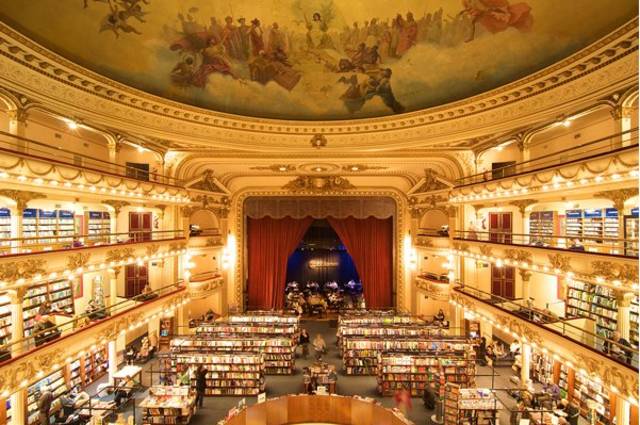 The internet is abuzz with the fear and/or hope that print books will go the way of the clay tablet and the papyrus scroll, and it is certainly undeniable that ebooks do have certain significant advantages over their physical forebears. However, one of the things books made out of paper have going for them is the fact that they can be pleasurable objects to hold, to look at, to smell. Sometimes, they are even beautiful.
The internet is abuzz with the fear and/or hope that print books will go the way of the clay tablet and the papyrus scroll, and it is certainly undeniable that ebooks do have certain significant advantages over their physical forebears. However, one of the things books made out of paper have going for them is the fact that they can be pleasurable objects to hold, to look at, to smell. Sometimes, they are even beautiful. It seems that books were, long ago, always beautiful, sometimes mysteriously so. Today, the attractiveness of their product seems to be, at best, an afterthought for most publishers, but there are exceptions that seem to consistently pay attention to the design and quality of what they put out. For instance, New York Review Books has built an intense cult of followers, partly due to the quality of the work they publish, but also largely due to the sheer delight of handling their volumes. The Library of America puts out authoritative versions of our nation’s greatest literature, and their books are always solid, sophisticated, handsome.
Of course, there are also beautiful libraries and bookstores (such as Buenos Aires' El Ateneo, pictured above), and, while the structures may be magnificent, where would they be, really, without their books? Also, take a look at some of the most beautiful pictures of books and bookshelves you will ever see, at the saucily named (but entirely worksafe) Bookshelf Porn.
And then there are those people who have turned books into art, or even architecture.
-Eric




